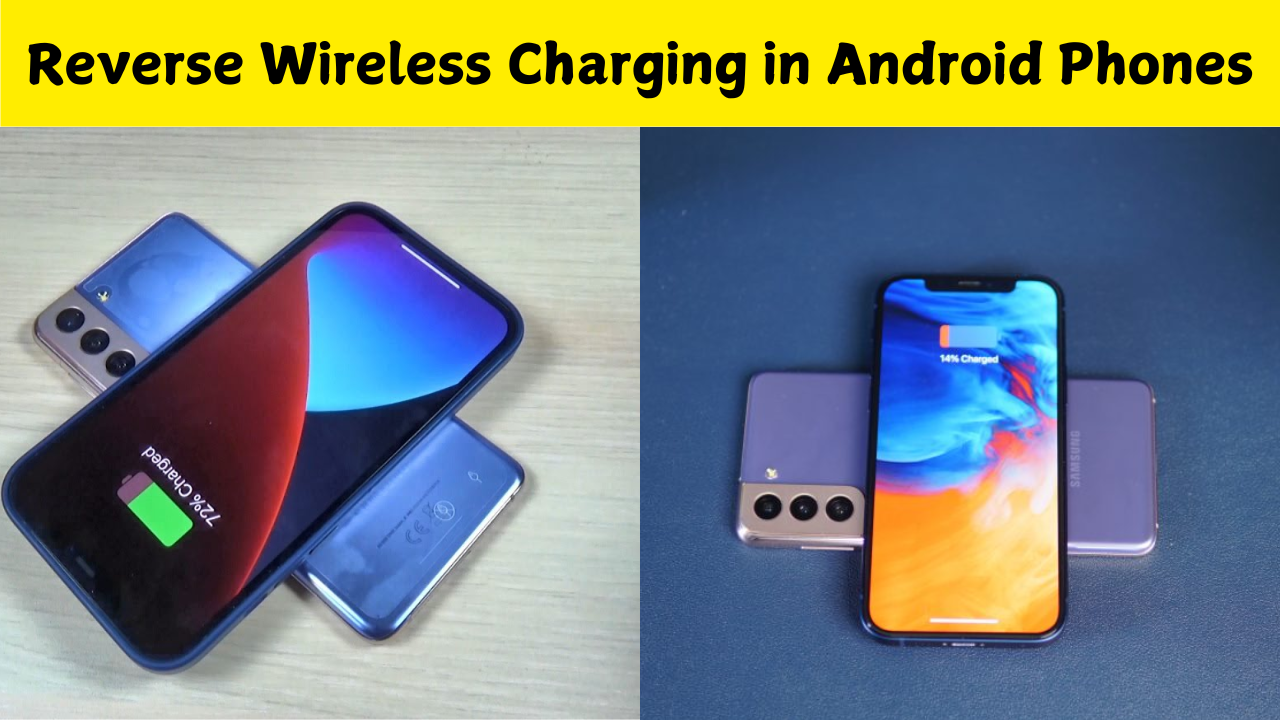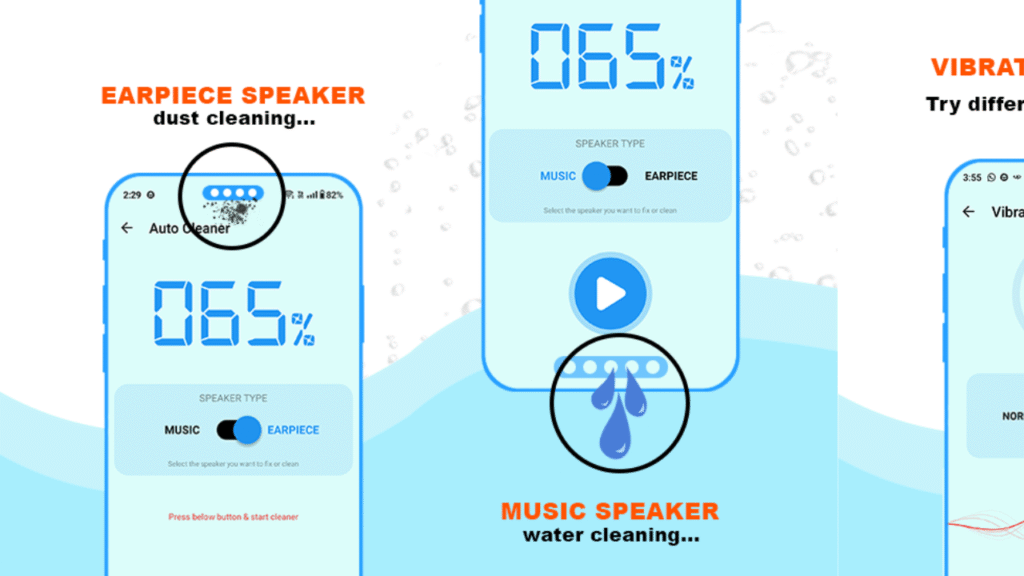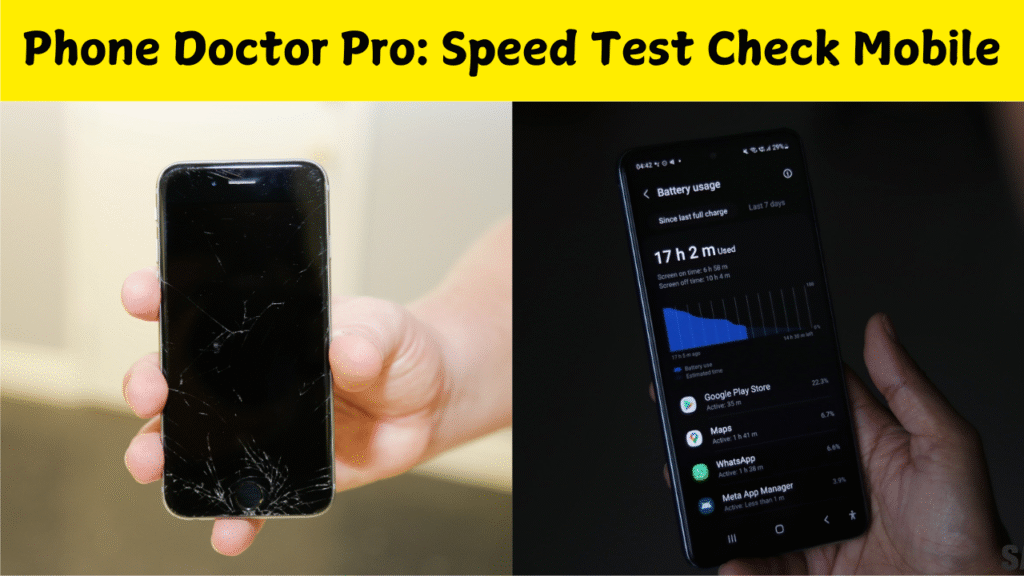Introduction to Wireless Reverse Charging
In today’s fast-paced world, smartphones have become more than just communication devices. They’re your camera, wallet, fitness tracker, and even your power bank. One of the most innovative features added to modern smartphones is wireless reverse charging. This technology allows one phone to wirelessly charge another device, offering convenience when you need it most.
What is Wireless Reverse Charging?
Wireless reverse charging is a feature that turns your smartphone into a wireless charger. It uses Qi wireless charging technology to send power from your phone’s battery to another compatible device such as a smartphone, smartwatch, or wireless earbuds. Essentially, your phone becomes a charging pad for other gadgets. Wireless reverse charging works through electromagnetic induction. When two Qi-enabled devices are placed back-to-back, the transmitting coil in one device creates an electromagnetic field that induces a current in the receiving coil of the other device. This current is then converted into energy to charge the device. It’s the same principle used in wireless charging pads, but in reverse.
Setting Up Wireless Reverse Charging
Enabling wireless reverse charging is simple. Go to your phone’s settings and find the “Battery” or “Wireless PowerShare” option. Once enabled, place the device you want to charge on the back of your phone. The charging process begins automatically if the alignment is correct. Most Qi-compatible devices can be charged using this feature. This includes smartphones, wireless earbuds, fitness bands, and smartwatches. However, some devices may have different charging speeds, depending on their coil alignment and power rating.
Popular Phones with Wireless Reverse Charging
Many flagship smartphones now come with wireless reverse charging support. Samsung’s Galaxy series, Huawei’s Mate and P series, and select Google Pixel and Xiaomi models offer this feature. It’s becoming increasingly common as more brands embrace the convenience of power sharing. Wireless reverse charging offers several benefits for users on the go. It eliminates the need for cables or separate chargers and provides an easy way to share power with friends or family. It’s particularly useful for charging smaller accessories like earbuds or smartwatches when you don’t have a power outlet nearby.
Limitations of Wireless Reverse Charging
Despite its convenience, wireless reverse charging has some limitations. The charging speed is generally slower than traditional wired or wireless chargers. It also consumes your phone’s battery faster, and it may generate a small amount of heat during the process. Therefore, it’s best used for emergency top-ups rather than full charges. Wireless power transfer always involves some energy loss. Since reverse charging uses electromagnetic fields, not all the power transmitted is received efficiently. Users should be mindful of their phone’s battery level before using this feature extensively, as it can drain the host phone’s battery quickly.
Ideal Scenarios to Use Wireless Reverse Charging
This feature is perfect for travel, outdoor adventures, or any situation where you don’t have access to a charger. For instance, if your friend’s phone is running low on battery and you have some extra charge, you can share it instantly. It’s also handy when charging accessories such as your Galaxy Buds or Apple AirPods. While the feature is safe to use, it’s important to ensure that both devices are properly aligned and that the surfaces are clean. Avoid using wireless reverse charging in extremely hot environments, as it can cause overheating. Additionally, using thick phone cases may interfere with charging efficiency.
Future of Wireless Reverse Charging Technology
As technology advances, manufacturers are working to make wireless reverse charging faster and more efficient. Future developments may include improved coil designs, better heat management, and higher power transfer rates. Eventually, we may see a world where all devices can charge each other seamlessly.
How Wireless Reverse Charging Impacts Battery Life
Continuous use of reverse charging can slightly impact your battery’s health over time. However, occasional use won’t cause major damage. Modern smartphones include battery optimization features that help protect against overcharging or excessive heat buildup during reverse charging. Compared to wired and standard wireless charging, reverse charging is slower but more flexible. It’s not meant to replace traditional charging methods but to complement them by providing emergency support when you don’t





